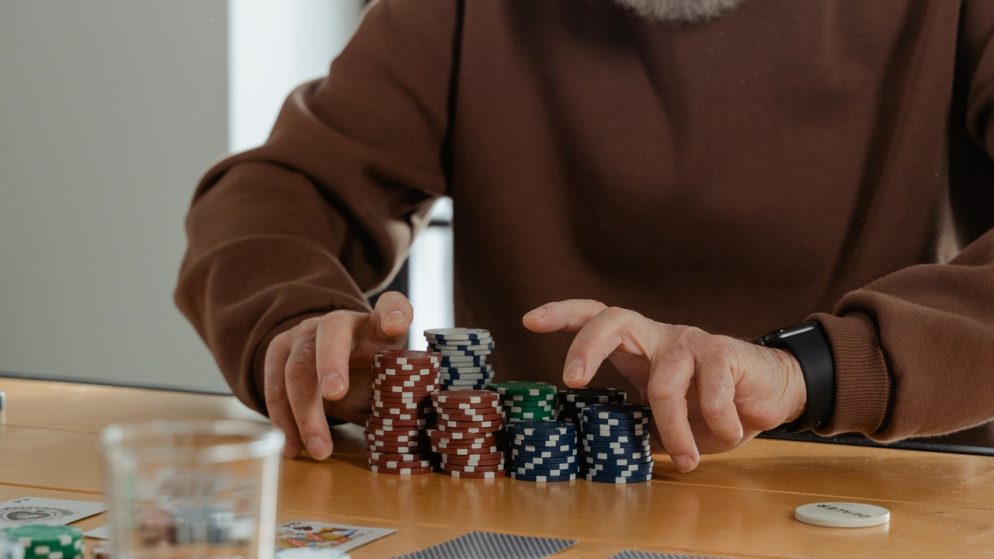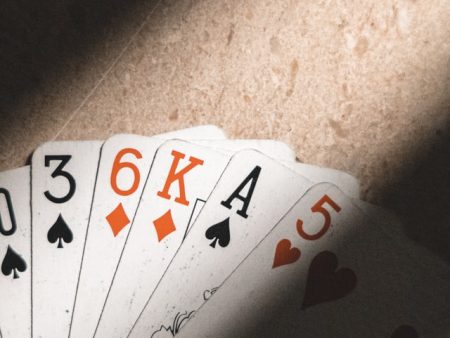

There are two types of poker players, tight and loose. The hands playing style does not define whether someone is tight or loose. The kind of hands a person picks to play defines his characteristics.
A tight poker player is way more selective when it comes to picking hands to play in the beginning. Recognize such players to predict their upcoming moves. Your game totally depends on the aggression a tight opponent shows at the poker table.
Types of Tight Players:
You will encounter two types of tight players in a poker game:
- Tight-passive or weak-passive players
- Tight aggressive players
Weak passive players do not pose a huge threat to your money. Tight aggressive players on the other hand are pretty damaging. Experts suggest maintaining a safe distance from tight-aggressive players unless you got a strong hand.
This post will not reveal how you can play a tight aggressive poker player to secure the pot amount. Yes, you can bluff such players. However, frequent bluffing won’t work against such players. Here you will learn tactics to tackle a tight-passive player, who you can tackle quite easily!
How to Play Against Tight-Passive Players?
Tight-passive players are infamous for playing limited pots. They avoid calling pre-flop too often. Suppose such a player raises pre-flop, they ensure if they missed with overcards. The bet raise will be small if the opponent got a marginal hand.
A tight-passive player is always afraid of losing and therefore they fold quite often if they get scare cards. These players are always afraid of losing and they continue only with a strong hand. There are some poker strategies you can use to allure such players and beat them. Let’s assess those strategies in different scenarios:
Bluff if the opponent has not been aggressive:
A seasoned poker player can bluff a tight-passive player at will. They are easy to bluff and beat in high stake games. Such opponents are always afraid of losing. Suppose such an opponent limp pre-flop, you got a wide variety of hands to raise. They will get defensive the moment you raise.
Always bet scare cards:
Suppose you spot an Ace on the board, you should bet it immediately. If your opponents fold, he hasn’t got a hand. Similarly, you should bet on made flushes. Take help of scary bet sizes which represent monsters. You cannot ignore individual tendencies in such scenarios because every tight-passive player is different.
Call and outplay your weak-passive opponent on the flop:
Suppose you are in blinds, you should call raises from tight-passive players. Place a bet at the flop. You can better understand it with an example of a limit Hold’em example:
- Blinds: 100/200
- The opponent and you have 4,500 in chips
The weak-passive player has situated four seats to your right. He hasn’t played too many pots. He has mostly folded and this type of game might continue! The player has also raised pre-flop if someone did call him. He has checked all streets when he failed to pair his AQ and AK. The table image is quite solid for you and the opponent can’t guess you are overly aggressive!
Pre-flop:

The opponent, who is sitting in the cut-off seat, has raised the bet size to 600. The range of his hands is pretty narrow because he is raising. You are in the big blind with your cards. So, should you continue playing or fold?
The most obvious choice you got is to fold. The reason is pretty simple because your opponent is playing only when he gets a strong hand. You have a chance to use the opponent’s passive tendencies to bluff him. He will move out of the pot.
Do not get intimidated if he is raising because he is less likely to hold a KK or AA. Since the opponent is in a late position, he might be holding AK, KJ, or KQ. You can re-raise to indicate you got a big hand.
The Flop:

Suppose the flop comes . . If the opponent calls 1300, he has only 3900 left in chips. You can use that Ace from the flop to bluff this opponent.
You can represent you have the Ace and it is a top priority to reveal, whether the opponent got an Ace or not. You can bet at least 1000 chips. It is enough to put a doubt in a tight-passive opponent’s mind that you got a stronger hand. He will most probably fold before risking more money!
Conclusion:
Remember, the suggested tactic might not work against a tight-aggressive player. The player will re-raise and create troubles for you. Move forward only if you got a strong set of cards. Thus, you can even scare an aggressive opponent and secure the pot. That’s how you play and win against a tight player!







